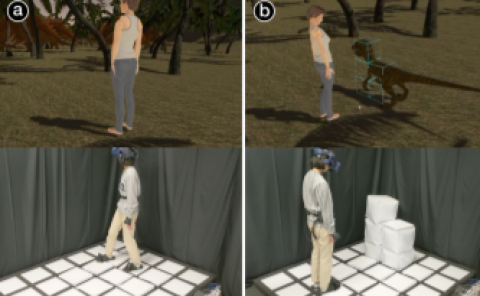Designing with Two Hands in Mind?: A Review of Mainstream VR Applications with Upper-Limb Impairments in Mind
Date:April 2024
Teams:Northeastern University
Abstract
Virtual reality (VR) has the potential to transform work, collaboration, and socialization in diverse settings. Nevertheless, most immersive interactions are inaccessible to individuals who use one hand, as their design assumes that VR users have simultaneous usage of two hands, excluding individuals who use hand from the VR community. It is also unclear the extent to which existing VR applications are accessible to individuals who use one hand. We, therefore, conducted a systematic review of mainstream VR applications for collaboration, productivity, and socialization to identify in what ways they support one-handed interactions. Our review showed that the assumption of bimanual input was pervasive in the design of VR tasks, that more than half the applications were inaccessible to individuals who use one hand, and that none of the applications supported customizations for physical disabilities. Our findings underscore the need for increasing access to VR by devising and supporting unimanual input paradigms for key VR tasks.



